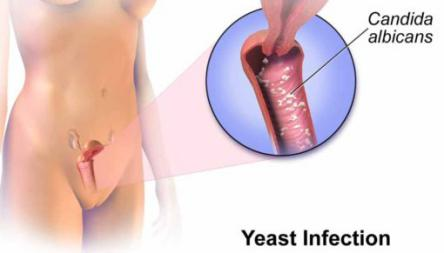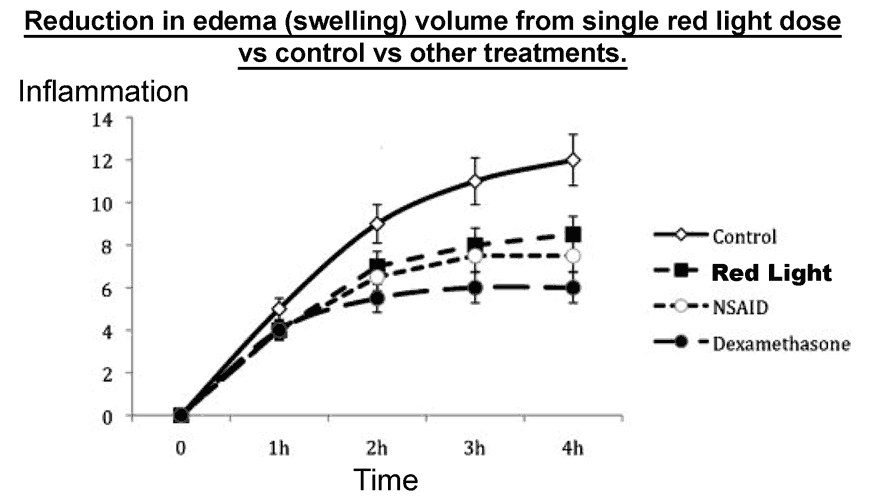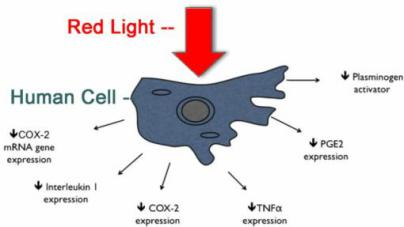
What is red light therapy?
Red light therapy (RLT) is a controversial therapeutic technique that uses red low-level wavelengths of light to treat skin issues, such as wrinkles, scars, and persistent wounds, among other conditions.
In the early 1990s, RLT was used by scientists to help grow plants in space. The scientists found that the intense light from red light-emitting diodes (LEDs) helped promote growth and photosynthesis of plant cells.
Red light was then studied for its potential application in medicine, more specifically to find out if RLT could increase energy inside human cells. The researchers hoped that RLT could be an effective way to treat the muscle atrophy, slow wound healing, and bone density issues caused by weightlessness during space travel.
You may have heard of red light therapy (RLT) by its other names, which include:
photobiomodulation (PBM)
low level light therapy (LLLT)
soft laser therapy
cold laser therapy
biostimulation
photonic stimulation
low-power laser therapy (LPLT)
When RLT is used with photosensitizing medications, it’s referred to as photodynamic therapy. In this type of therapy, the light only serves as an activating agent for the medication.
There are many different types of red light therapy. Red light beds found at salons are said to help reduce cosmetic skin issues, like stretch marks and wrinkles. Red light therapy used in an medical office setting may be used to treat more serious conditions, like psoriasis, slow-healing wounds, and even the side effects of chemotherapy.
Introduction
It’s surprising just how many of us suffer from chronic infections on a weekly or monthly basis. While some may write it off as a part of life, inflammatory issues like this are not normal and need to be treated.
Suffering from recurring infections puts the skin in a state of constant inflammation, and in this state the body forms scar tissue rather than healing with normal healthy tissue. This disrupts the function of a body part forever, which is a major problem in areas like the genitals.
Whatever and wherever on the body you might be prone to these issues, it’s likely that red light therapy has been studied.
Red Light Reduces Inflammation?
Redness, soreness, itchiness and pain are typically linked to infections, as the immune system tries to defend against the aggressive microorganisms. The stress of this interaction on the local tissue contributes towards increased inflammation, which contributes to fungal growth. Many prescriptions and creams used for treating infections contain anti-inflammatory compounds like hydrocortisone. These can help the body to deal with the stress, but some say this just masks the underlying problem.

FIG 1. Graph summarising the short term effects of low dose 630-780nm red light on inflammation.(5)
Some studies on red light lead to the potential conclusion that it may actually help the body to deal with the metabolic causes of inflammation5, allowing cells to produce more ATP and CO2 through our normal respiration reaction. These products of respiration have a supposedly almost identical effect to anti-inflammatory.
![]()

Some people think inflammation is a necessary part of the healing response to infections or injury, but it should be considered a symptom of the body not working correctly. This can be shown by how in the fetus of most animals, it’s normal for an injury to heal without any inflammation whatsoever, and even in childhood, inflammation is minimal and resolved quickly. It’s only as we age and our cells stop functioning properly that inflammation increases and becomes a problem.
Solving recurring & chronic yeast infections?
oral light therapy
Red light has been studied for oral candida issues
Many people experience relapses and recurrent infections, so finding a long term solution is crucial. Both of the above potential effects (healing without inflammation and sterilising the skin of harmful micro-organisms) of red light may lead to a downstream effect – healthier skin and better resistance to future infections.
Low amounts of candida/yeast are a normal part of our skin flora, usually causing no negative effects. Low levels of inflammation (from any cause) actually promote the growth of these yeast organisms specifically, and then the growth leads to more inflammation – a classic vicious cycle. The tiny increase in inflammation quickly esclatates into a full blown infection.
Redness, soreness, itchiness and pain are typically linked to infections, as the immune system tries to defend against the aggressive microorganisms. The stress of this interaction on the local tissue contributes towards increased inflammation, which contributes to fungal growth.
When the red led light therapy devices is working, it will active the Macrophages cells growth, that the reason why the COZING-W02 could also help for the bacterial vaginitis treatment; and it could also increased circulation and the formation of new capillaries., increase the blood circulation, that is also working for the gynecology problems.
Increased lymph system activity.
Increased production of collagen and fibroblasts.
Increased release of ATP, or raw cellular energy.
Increased phagocytosis, or cellular clean up.
Tissue granulation stimulated.
Inflammation reduced.